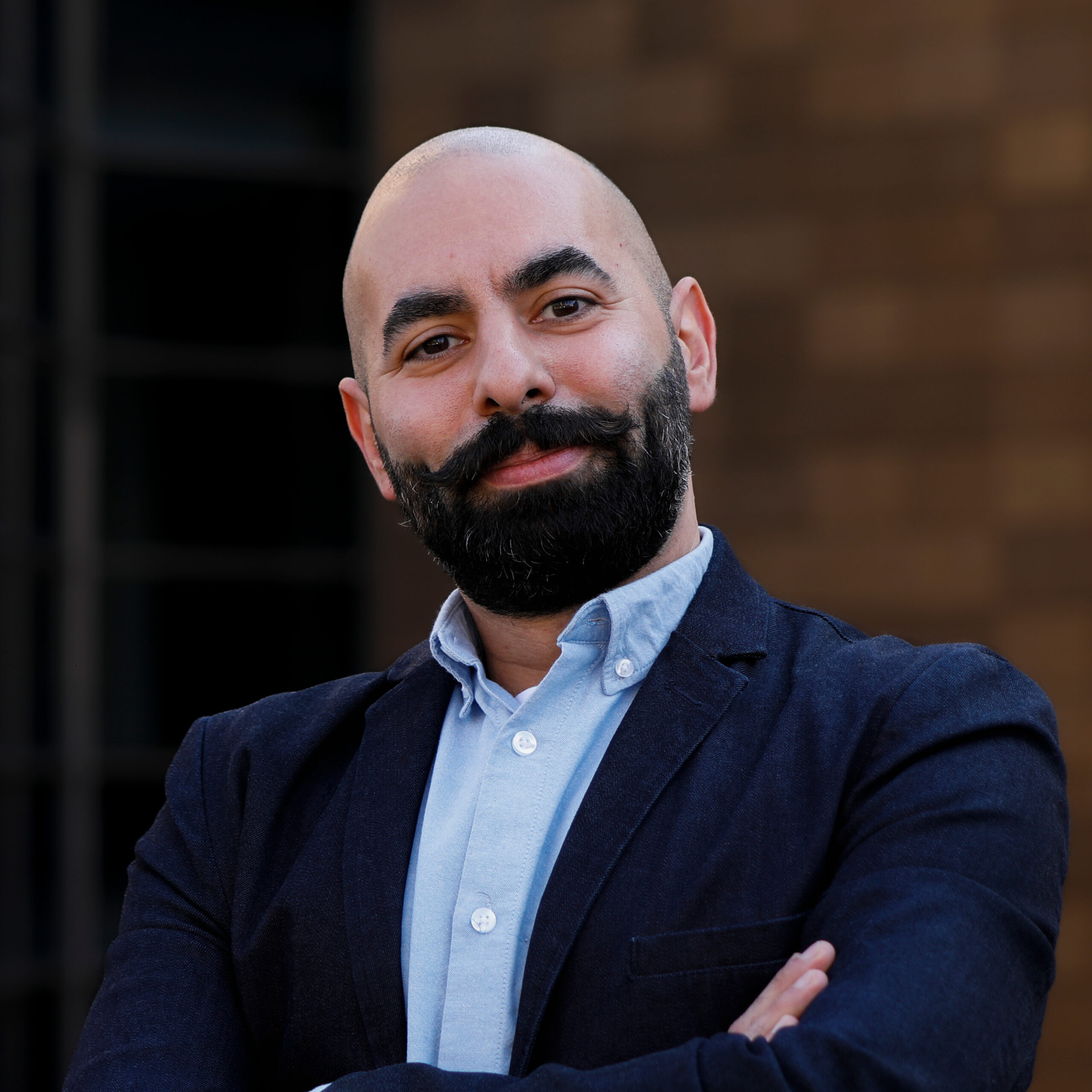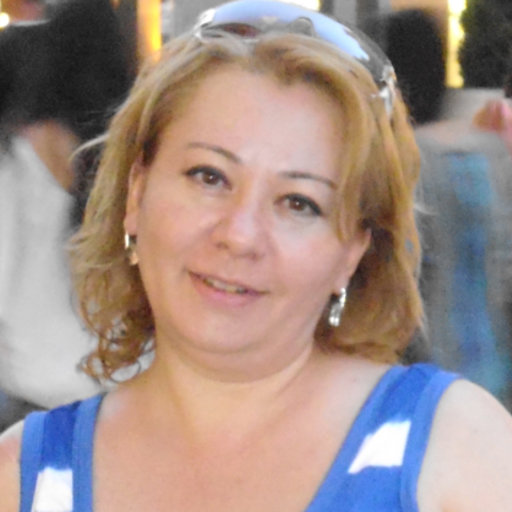The review was performed from December 2022 to February 2023 by our scientific review committee.
Three projects were selected for funding, for a total envelope of $26,360:
We congratulate the project leads and their teams, as well as the review committee and look forward to the outcomes of their research in Armenia.
The details for each project are given below.
Նախագծերի ընտրությունը իրականացվել է 2022 թվականի դեկտեմբերից մինչև 2023 թվականի փետրվարը մեր գիտական խորհրդի հանձնաժողովի կողմից:
Ֆինանսավորման համար ընտրվել է երեք ծրագիր՝ $26360 ընդհանուր ծրարի համար.
Մենք շնորհավորում ենք ծրագրի ղեկավարներին և նրանց թիմերին, ինչպես նաև վերանայող հանձնաժողովին և անհամբեր սպասում ենք Հայաստանում նրանց հետազոտության արդյունքներին:

Vahan Grigoryan, M.D.
Yerevan, Armenia
Orthopaedic Traumatologist, Armenia Republican Medical Center
Head of the Department of Science, University of Traditional Medicine of Armenia
Վահան Գրիգորյան, M.D.
Երևան, Հայաստան
Orthopaedic Traumatologist, «Արմենիա» բժշկական կենտրոն
Head of the Department of Science, Ավանդական բժշկության համալսարան
The problem of peripheral nervous tissue defects (aka nerve gaps) in nerve ruptures is of considerable scientific interest in modern medicine. Such tissue defects can occur as a result of a number of injuries. If, after being severed, the continuity of the nerve layers is maintained or restored, these layers begin to serve as regenerative tunnels for the regenerating axons. Otherwise, nerve regeneration can become very challenging or virtually impossible. In the absence of a nerve defect or in case of very small defects, the nerve needs to be sutured end-to-end. In the case of larger defects, however, a nerve graft is needed, and autografting is the golden standard. Yet, it is associated with problems such as limited donor sites, the need for additional surgery, possible scarring, donor site morbidity, neuroma formation at the donor site, as well as the possibility of graft mismatch. In the case of allo- or xenografts, as it is known, there is a risk of graft rejection, thus immunosuppression is needed which poses the patient under substantial infection-related risks.
Different nerve guidance conduits are being developed by various scientific groups, but their efficiency is debated largely, due to a number of unresolved issues. Decellularized scaffolds based on natural extracellular matrices are of particular interest. The advantages of the decellularization method include biocompatibility, maintained biochemical and structural characteristics, as well as decreased immune-related risks. Certain scientific evidence also suggests that incorporation of electrically conductive materials based on graphene derivatives, as well as use of biologically active additives may improve the performance of these implants. Within the framework of the project, a method for obtaining scaffolds of peripheral nerves using combinations of decellularized structures, electrically conductive materials and biological additives is developed and tested, which offers biocompatible and bioactive environment fostering nerve regeneration yet being devoid of immune rejection-related risks.

Roksana Zakharyan, Ph.D.
Yerevan, Armenia
Senior researcher, Institute of Molecular Biology NAS RA
Head of Department of Bioengineering and Bioinformatics, Russian – Armenian University
Ռոքսանա Զախարյան, Ph.D.
Երևան, Հայաստան
Senior researcher, ՀՀ ԳԱԱ Մոլեկուլային կենսաբանության ինստիտուտ
Head of Department of Bioengineering and Bioinformatics, Ռուս-Հայկական համալսարան
Familial Mediterranean fever (FMF) is an autosomal recessive autoinflammatory disease characterized by mutations within the MEFV gene that encode for pyrin protein. Despite the overall low prevalence worldwide, FMF represents a serious health care issue in Armenia and the development of efficient diagnostic and treatment approaches is of special interest since current treatment has mostly symptomatic nature. Current project is aimed to understand molecular genetic mechanisms and potential therapeutic targets of FMF using innovative sequencing approaches. During the 2 year period a group of scientists and an experienced rheumatologist will work together on implementation of the project. It is proposed to have a spectrum of genetic variants that can be further used for testing system development and application.

Garabet Kazanjian, Ph.D.
Yerevan, Armenia
Assistant Professor,American University of Armenia
Կարապետ Գազանճեան, Ph.D.
Երևան, Հայաստան
Assistant Professor, Հայաստանի ամերիկյան համալսարան

Lusine Hambaryan, Ph.D.
Yerevan, Armenia
Associate professor, Chair of Ecology and Nature Conservation, Faculty of Biology, Yerevan State University
Լուսինե Համբարյան, Ph.D.
Երևան, Հայաստան
Associate professor, Chair of Ecology and Nature Conservation,
Երևանի պետական համալսարանի կենսաբանության ֆակուլտետ
Lake Sevan is the largest freshwater body in Armenia and one of the largest alpine lakes worldwide. Throughout the past century, excessive demands on its water resources, coupled with incorrect policies, had resulted in a water-level reduction of about 20 m. This led to many physical, chemical, and biological changes that ultimately led to losses to the Lake’s littoral vegetation and its eutrophication. The situation is exacerbated by increased pollution of its tributaries from industrial, agricultural, and domestic sources, as untreated sewage continues to flow into the Lake from all surrounding cities and towns, bringing in added nutrients for further algal growth. In the last few years, we’ve seen the spread of harmful algal (cyanobacteria) blooms, a phenomenon that is likely to benefit from climate change as cyanobacteria generally grow better at higher temperatures.
Littoral vegetation have been shown to play an important role in lake water quality by removing nutrients from the water column needed for algal growth, filtering incoming pollutants into the lake (bank filtration), releasing chemicals that inhibit the growth of algae, and serving as a source of food and/or shelter for many animals. In this project, we will study the impacts of vegetation on water quality and cyanobacterial blooms in Lake Sevan by comparing the quality of the water in areas where vegetation is present or absent. Based on our research results, we will investigate the favorable conditions permitting the growth of littoral vegetation and offer nature-based solutions to alleviate the Lake’s ecological problems and ensure its sustainability.